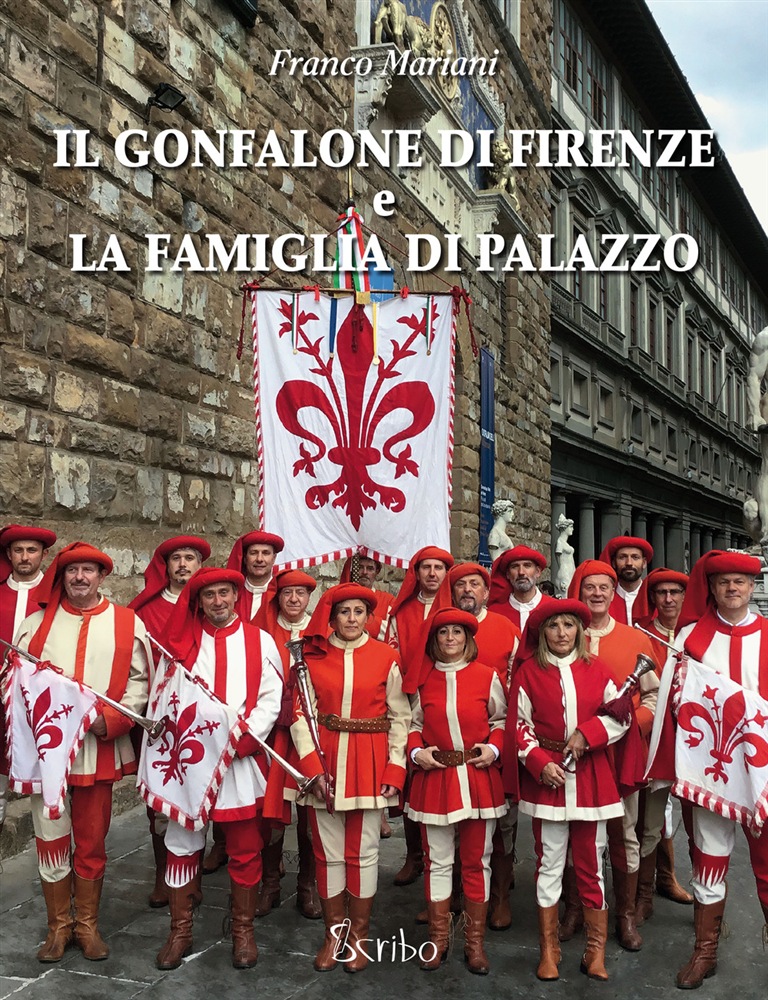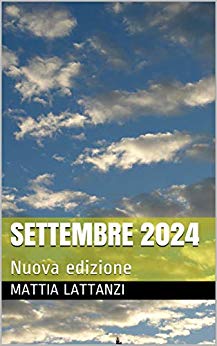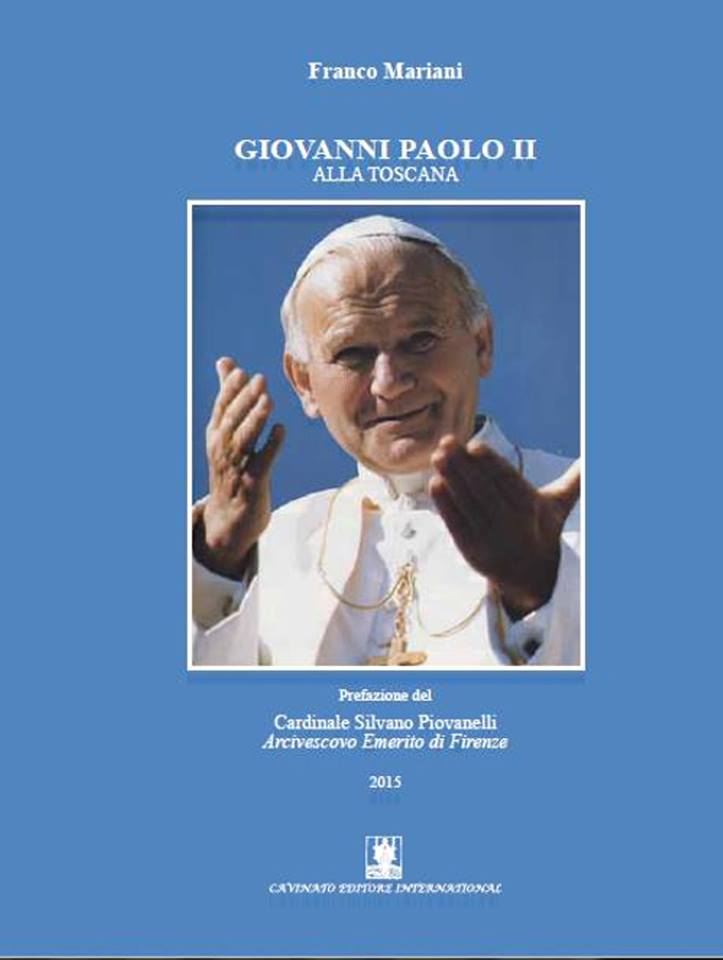At Villa Bardini view on Colacicchi, for Sgarbi on Piero della Francesca of 900

Villa Bardini is recording a record month with large retrospective, twenty years after disappearance, to Giovanni Colacicchi, one of the greatest Italian painters neofigurativi.
Open to the public on 18 April, the view is about to reach the 10 thousand visitors, an important record, higher than that of many small large museums.
"What I wonder – emphasizes the art critic Vittorio Sgarbi – Pontormo apart, to Colacicchi is certainly the most beautiful and interesting exhibition in Florence. It is the rediscovery of a great artist, that has the merit of having revived the values and ideals of the Renaissance painting. Colacicchi is Piero della Francesca's Italian ".
Curated by Mario Ruffini and Susanna Accountants with the scientific advice of Carlo Sisi, the exhibition is sponsored by the city of Florence with the Fondazione Parchi Monumentali Bardini e Peyron and the Kunsthistorisches Institut in Florenz-Max-Planck-Institut.
About 80 the works on display, that summed up the whole artistic production of Colacicchi (Anagni 1900 – Florence 1992).
The most famous allegory for a cinema display for half a century in Florence in the lobby of the cinema Gambrinus, cinema now closed having given way to Rock Café.
Giovanni Colacicchi (1900-1992) It was one of the eminent artistic intelligences, poet music armed with brush, interpreter of the modern return to reality and figure that Europe went recomposing, After centuries, the embrace between humanistic Word, image and sound that had produced the miracle of the Renaissance.
Between abstract, structuralism and internationally dominant conceptualism, After the war his consistent aesthetic ended but to isolate and the major retrospective that Villa Bardini dedicated now twenty years after his death, “Giovanni Colacicchi. Rhythm and figures of light in Florence of the ' 900“, until 19 October, therefore has the flavor of a giant neofigurativo, celebrating, with the skill of the painter, the extraordinary creative season experienced by that microcosm of anti-fascist intellectuals (or simply not fascists) in spite of dictatorships, wars and persecutions.
The Allegory of the triumph is the epitome of a painting full of Sun and Mediterranean sensuality, melodious in its apparent simplicity, perfect geometric harmony in: Colacicchi's works possess the magic of verse, the mysterious charm of sound, the restless lightness of puzzles, the uncertain thickness of dreams. And as varied in alternation of notes and rests of a musical score, colors and shades rythment form.
Colacicchi was long uncertain whether focus on poetry.
He was born in Anagni by aristocratic family of Papal observances and had received in classical and musical education seminar in perspective of a future priesthood.
When sixteen years old he moved to Florence after the death of his mother, It called instead to painting coming quickly to masterful virtuosity.
He exhibited early works of metaphysical flavor (influences of de Chirico then topped) and soon he was married, except in love madly young student Flavia Arlotta, She herself cultivated and sophisticated painter, who will devoutly companion of a lifetime, musa, wife and mother of his children.
Colacicchi lived by most of the leading artistic and cultural events throughout the twentieth century.
He was among the founders of Solaria, He participated in numerous Biennials, awarded and received awards, He had also repeatedly institutional assignments, It was a long time art critic of the newspaper La Nazione.
Aligned with the action party, It was, inter alia, called upon to preside over the Commission which, After the war, had the task to purge from the Academy of fine arts teachers fascists, including, rightly or wrongly, Ottone Rosai and Primo Conti.
Achiever Colacicchi was also in fact: in 1918 a volunteer enlisted in bold, unless you get ever at the forefront of the sudden end of the war.
Remains in the annals the challenge to a duel that, to defend the honor of the master and friend Franz Franchetti committed suicide, launched to Piero Bargellini. Duel in which the future Mayor of Florence is prevented by declaring himself took the Catholic faith.
Colacicchi was essentially artist lover of life: loved women, the light, the campaign, the sea, loved the food, dance and sing.
And lucky man had a mostly satisfying existence, always hyper active and productive until his death, in its beautiful and simple via the Observatory House on the green hills.
Cecilia Latches
By the number 19 Year I 21/05/2014







Follow Us!